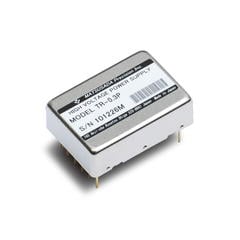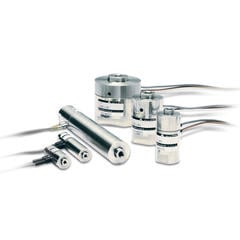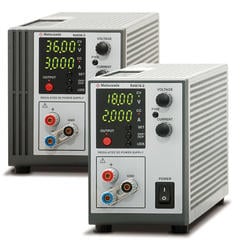Light Detection and Ranging (LiDAR) is a technology that measures the distance to an object by scanning a laser over the object and detecting the reflected light with an optical sensor. It has been applied in a wide range of fields, such as geological surveys and surveying, replacing radar (Radio Detecting and Ranging).
In recent years, it has also been applied to automated automobile driving technology. There are two types of 3D LiDAR for automotive use: solid-state and MEMS.
The solid-state method replaces the motor-based mechanism with semiconductors and optical technology. In conventional 3D-LiDAR, the laser and detector are mechanically rotated. However, the solid-state method does not use a rotation mechanism. Although the detection area is smaller due to the limited laser beam angle, it is smaller, can be installed in a limited space, and is less fragile. However, it is small, can be installed in a limited space, and is not easily broken. Using multiple sensors can cover 360°C in the horizontal direction and has become the mainstream for automotive applications.
In the MEMS method, a MEMS mirror scans the laser beam. The MEMS mirror is rotated using a coil and magnet, and the laser beam is scanned by reflection from the mirror.
Matsusada Precision provides high-voltage power supplies for avalanche photodiodes (APD) and Photomultiplier tubes (PMT) used as a photodetector for LiDAR. Furthermore, Matsusada Precision offers DC power supplies used in laser diode experiments, etc. Matsusada Precision's piezo actuators are available for mirror positioning and laser scanning.

- Related words:
-
- Self-driving car
- Automated driving
- Radar
- Optical sensor
- avalanche photodiodes (APD)
- Photomultiplier tubes (PMT)
- MEMS
Recommended products
Matsusada precision provides high-voltage power supplies for avalanche photodiodes (APD) and Photomultiplier tubes (PMT) used as a photodetector for LiDAR. Furthermore, Matsusada precision offers DC power supplies used in laser diode experiments, etc.
Information on related articles in Technical Knowledge
- Difference between DC power and AC power
- For New Electronics Engineers, How to Use the Power Supply Safely
- Constant Voltage (CV) vs Constant Current (CC) Power Supply, What is the difference?
- What is DC power supply? (Basic Knowledge)
- How to Select a High Voltage Power Supply for Laboratory Analyzers










